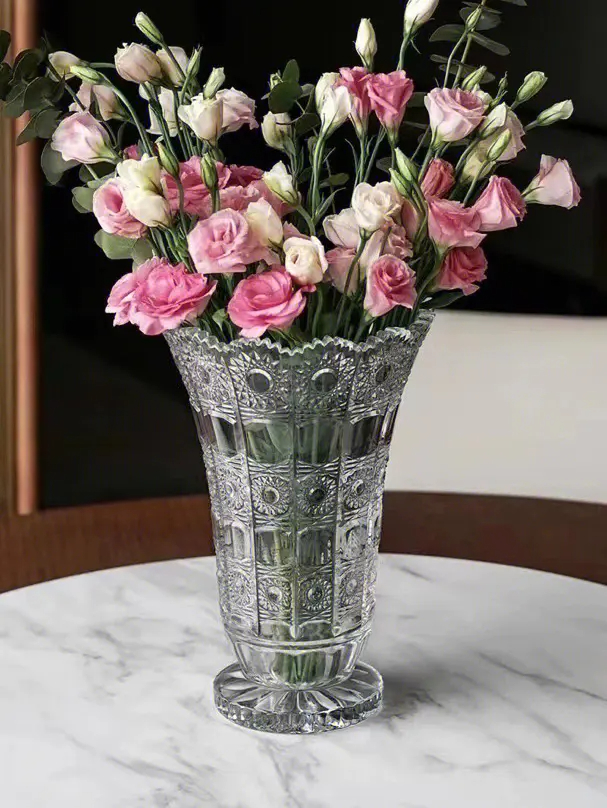Roses are one of the most beloved flowers, cherished for their beauty, fragrance, and symbolism. Whether received as a gift or purchased for oneself, there’s nothing quite like the sight of a vase filled with fresh, vibrant roses brightening up a room. However, maintaining their beauty for as long as possible can be a challenge. In this guide, we’ll explore various tips and techniques for prolonging the freshness of roses in a vase, allowing you to enjoy their splendor for days on end.
Choosing the Right Roses: Quality Matters
Before we delve into preservation methods, it’s essential to start with high-quality roses. When selecting roses for a vase, choose blooms that are just beginning to open, with petals that feel firm and resilient to the touch. Avoid roses with wilted or discolored petals, as they are likely past their prime and will not last as long once placed in water.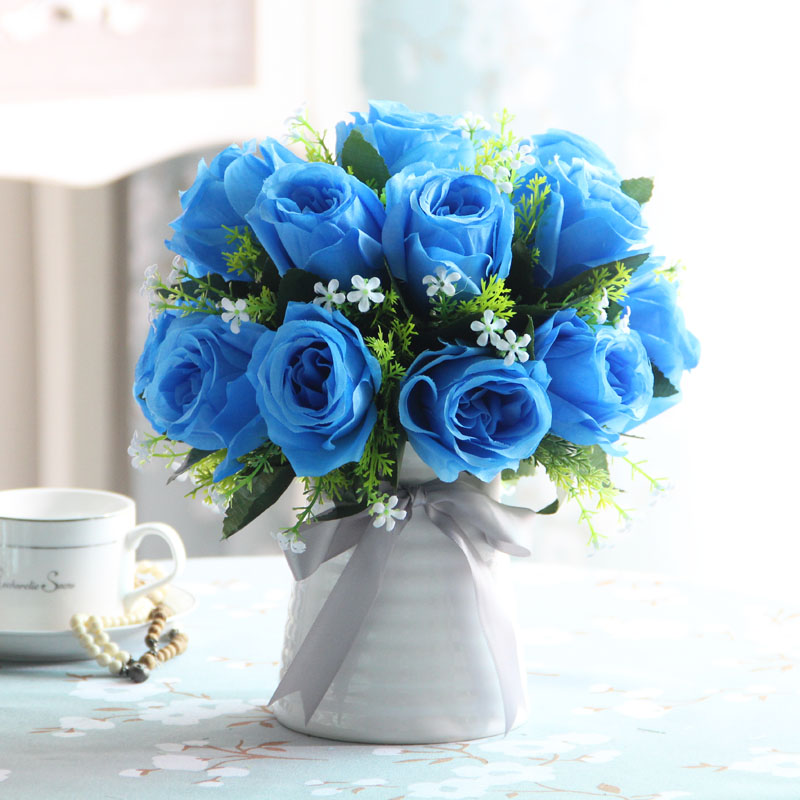
Preparing the Vase: Cleanliness is Key
Proper preparation of the vase is crucial for maintaining the freshness of roses. Start by thoroughly cleaning the vase with warm, soapy water to remove any dirt, bacteria, or residue that could contaminate the water and shorten the lifespan of the flowers. Rinse the vase well and ensure it is completely dry before adding water and roses.
Trimming the Stems: A Vital Step
Before arranging the roses in the vase, it’s essential to trim the stems at an angle. Using sharp scissors or pruning shears, cut the stems at a 45-degree angle, removing at least one inch of length. This allows for better water absorption and prevents the ends of the stems from sitting flat against the bottom of the vase, which can impede water intake.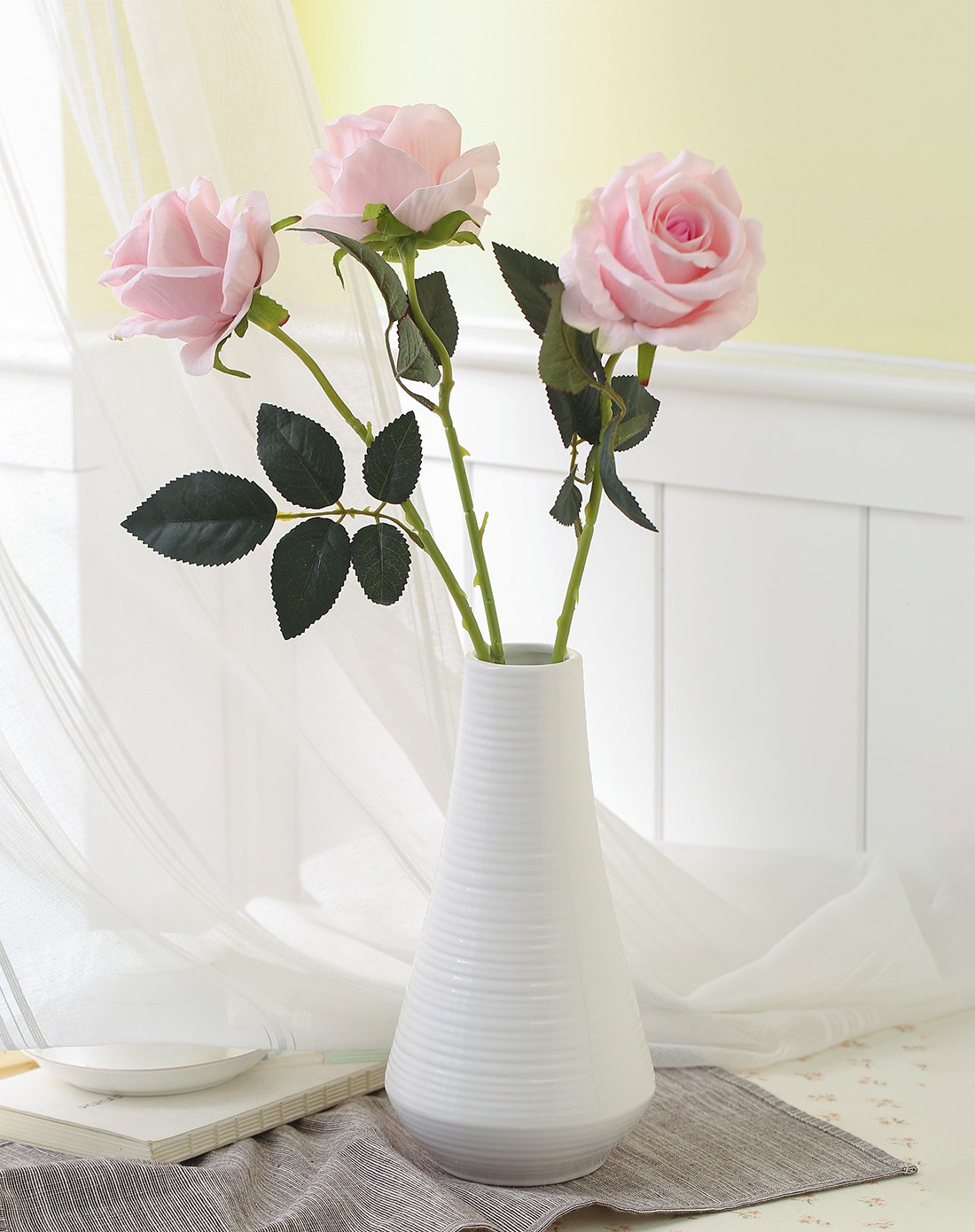
Removing Foliage: Focus on the Blooms
Once the stems are trimmed, remove any foliage that will be submerged in water. Leaves and thorns left below the waterline can promote bacterial growth and accelerate decay, shortening the lifespan of the roses. Strip away any excess foliage, leaving only the upper portion of the stems bare to ensure a clean, healthy environment for the flowers.
Optimal Water Temperature: Cool and Refreshing
When filling the vase with water, aim for a temperature that is neither too hot nor too cold. Lukewarm water is ideal for roses, as it helps prevent shock to the stems and encourages hydration. Additionally, adding a few ice cubes to the water can help keep it cool and refreshing, prolonging the freshness of the roses and slowing the growth of bacteria.
Adding Preservatives: Nourishment for Roses
To extend the life of roses in a vase, consider adding a floral preservative to the water. These commercially available products contain ingredients that help nourish the flowers, inhibit bacterial growth, and maintain water pH levels. Follow the instructions on the package for proper dosage, and be sure to change the water and replenish the preservative every few days for optimal results.
Placement Matters: Keep Roses Cool and Away from Sunlight
The placement of the vase can also impact the longevity of roses. To keep them fresh longer, place the vase in a cool, shaded area away from direct sunlight and sources of heat. Exposure to sunlight and high temperatures can cause roses to wilt prematurely, so choosing a cool, well-ventilated spot will help preserve their beauty.
Regular Maintenance: Refreshing and Rejuvenating
Maintaining the freshness of roses requires regular attention and care. Every few days, check the water level in the vase and top it up as needed to ensure the stems remain fully submerged. Additionally, trim the stems every few days, re-cutting them at an angle to promote water uptake and prolong the life of the flowers.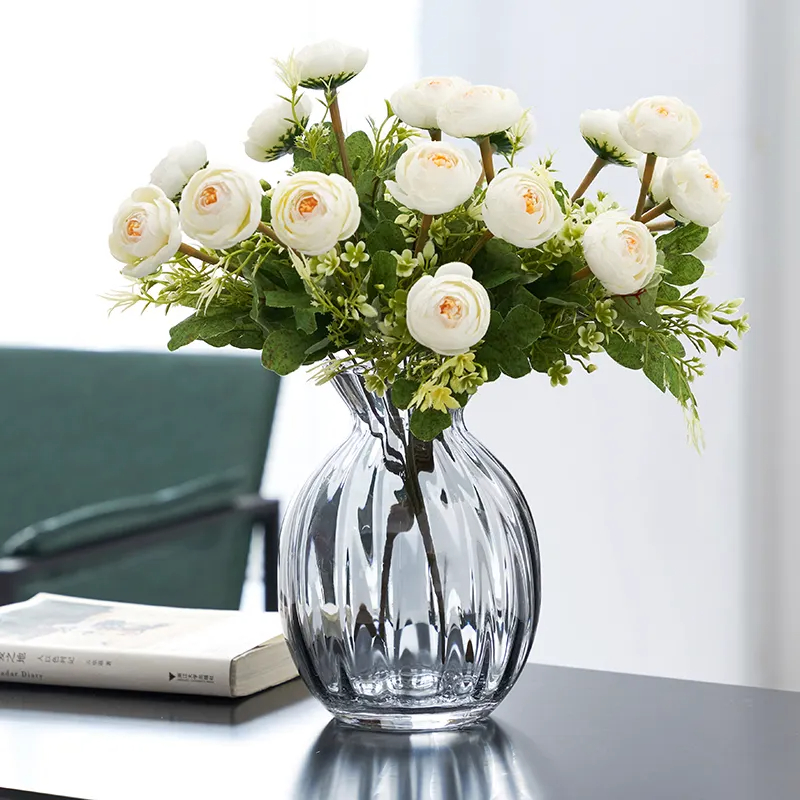
Appreciating the Beauty: Enjoying Roses to the Fullest
By following these tips and techniques, you can prolong the beauty of roses in a vase and enjoy their splendor for days, if not weeks, on end. From selecting high-quality blooms to proper vase preparation and regular maintenance, each step plays a crucial role in preserving the freshness and vibrancy of roses. So the next time you bring home a bouquet of roses, put these strategies into practice and savor the beauty of these timeless flowers for as long as possible.
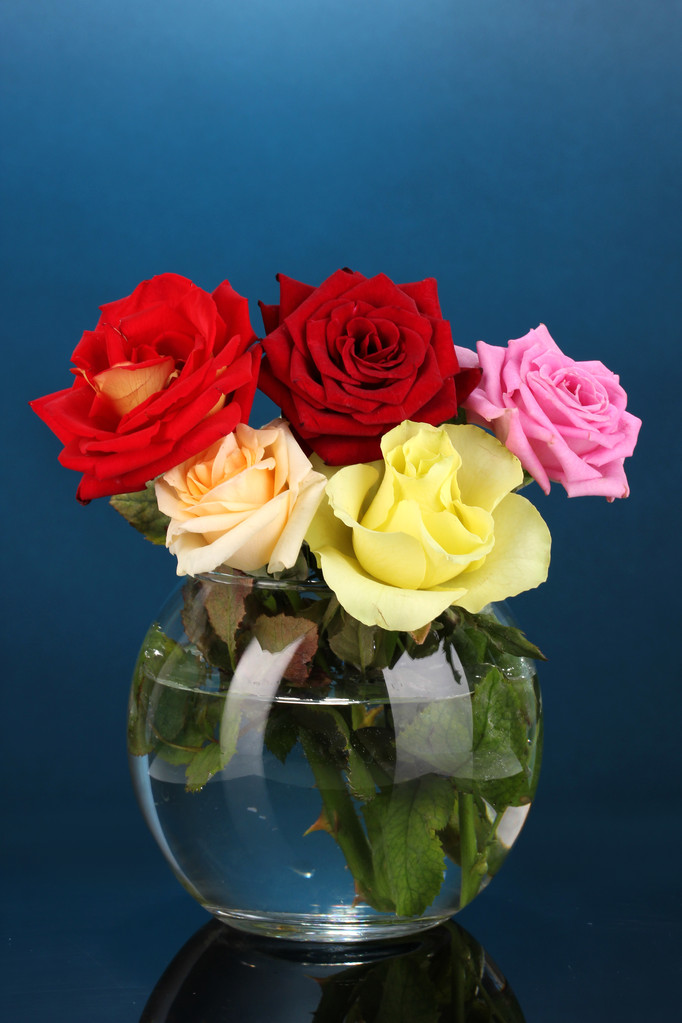
Enhancing Longevity: Additional Strategies for Rose Care
Beyond the fundamental steps outlined earlier, several additional techniques can further enhance the longevity of roses in a vase. Let’s explore these methods to ensure your roses remain fresh and vibrant for an extended period.
1. Change the Water Regularly: Stagnant water can become a breeding ground for bacteria, hastening the deterioration of roses. To prevent this, change the water in the vase every two to three days, even if it appears clear. Thoroughly rinse the vase before refilling it with fresh water, adding preservatives as needed.
2. Hydration Boosters: If your roses start to wilt prematurely, revive them by giving them a hydration boost. Remove the roses from the vase and recut the stems at a sharp angle under running water. Then, place the stems in a container filled with warm water and allow them to hydrate for several hours before returning them to the vase.
3. Pristine Petals: To maintain the pristine appearance of rose petals, gently remove any spent or faded blooms as soon as they appear. This not only improves the aesthetic appeal of the arrangement but also encourages the remaining roses to bloom fully and evenly.
4. Humidity Control: Roses thrive in environments with moderate humidity levels. To maintain optimal conditions, consider placing a humidifier near the vase or lightly misting the surrounding air with water. However, avoid spraying the roses directly, as this can cause water droplets to accumulate on the petals, potentially leading to fungal issues.
5. Floral Food Alternatives: If you prefer not to use commercial floral preservatives, you can create a homemade solution using common household ingredients. Mix together one quart of water with one tablespoon of sugar, two tablespoons of lemon juice or white vinegar, and half a teaspoon of bleach. This DIY floral food provides nutrients, acidity regulation, and antibacterial properties to extend the life of roses.
6. Seasonal Considerations: Be mindful of seasonal factors that can affect the longevity of roses. During hot summer months, roses may require more frequent water changes and cooler temperatures to prevent wilting. In contrast, during winter, ensure the roses are kept away from drafts and heating sources to avoid dehydration.
7. Creative Display: Experiment with different vase shapes, sizes, and arrangements to showcase your roses in unique and visually appealing ways. Consider incorporating complementary foliage, such as eucalyptus or ferns, to add texture and depth to the arrangement. Additionally, rotating the vase periodically can ensure all sides of the roses receive adequate airflow and light exposure.





